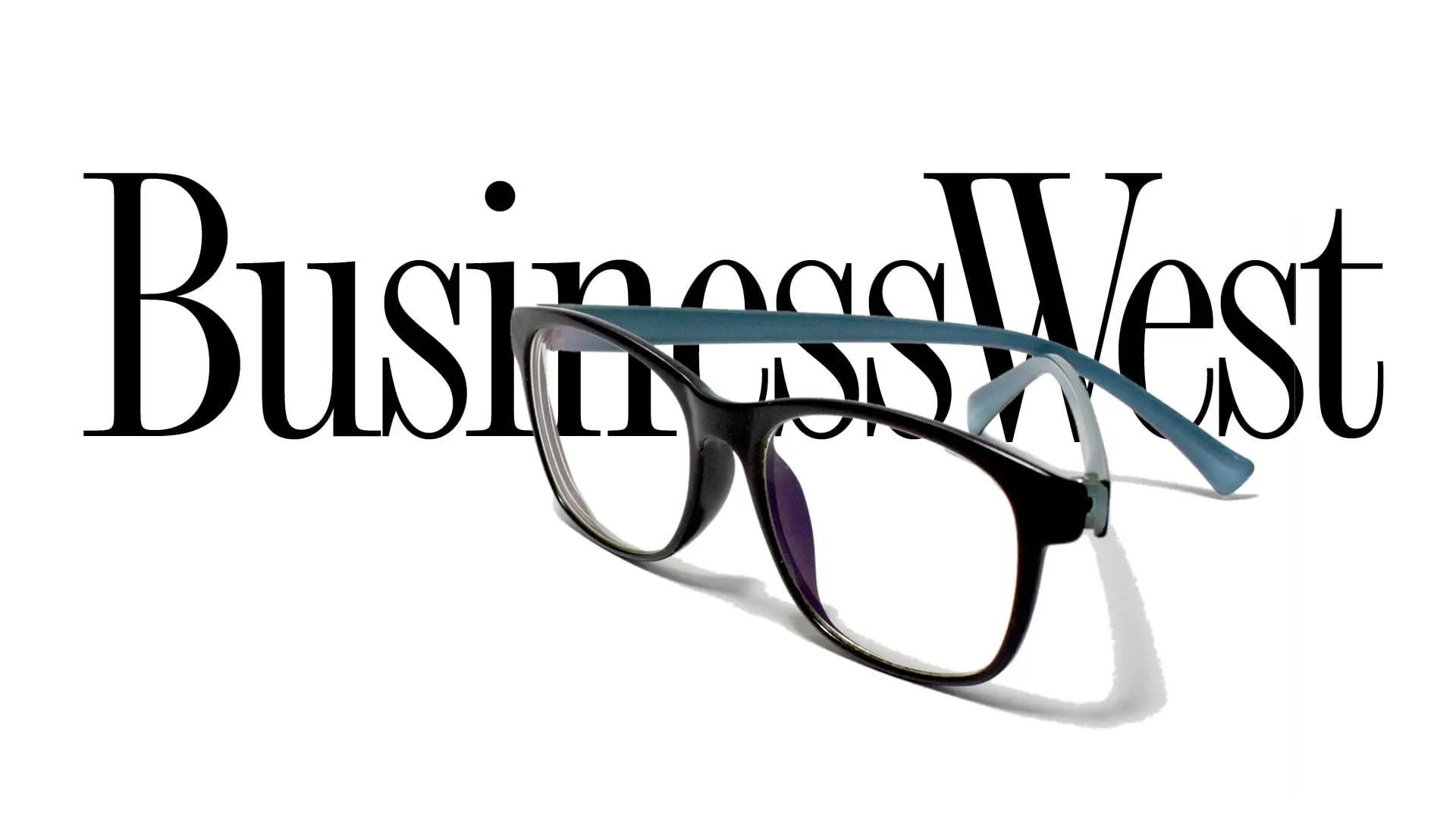
Can Springfield Turn Back the Clock?
Editorial
Mayor Domenic Sarno is certainly confident that Springfield will rebound from all the COVID-19 pandemic has thrown at it the past seven months or so.
As BusinessWest spoke with him recently, he said at least a few times that he expects the City of Homes to bounce back — and quickly — when COVID is over (whenever that is). This isn’t surprising, obviously; this is what mayors do. And he bases that optimism on the many projects currently in progress, new initiatives likely to move onto and then off the drawing board, and the considerable amount of momentum the city had created before the pandemic changed the landscape back in late winter.
We share his optimism to some degree, but the future of Springfield right now is a giant question mark. And before we go any further, we need to say that most all urban areas, even Boston and New York, are in the same boat and facing the same daunting question.
Which is … what will things look like when this is all over?
In Springfield, the hope is that things will look a whole lot like they did in mid-January. Back then, there were events happening, like Red Sox Winter Weekend. The Thunderbirds were packing them in at the MassMutual Center, while MGM was drawing decent crowds at the casino and bringing people to the city for concerts and shows, benefiting the downtown restaurants and bars. The downtown office towers weren’t full, certainly, but there were plenty of people working in the central business district — enough to support the retail and hospitality businesses in that area.
Now … none of that is happening as the city tries to hang on and fight its way through this. The question is, can Springfield turn back the clock to start of this year and essentially pick up where it left off?
Perhaps, but it won’t be easy. And a big factor in this equation is the commercial office space downtown. Right now, the larger towers are mostly quiet as companies continue to have many of their employees work remotely. And there is speculation that they will remain mostly quiet as businesses adapt to a new way of doing things and considerably downsize their space.
Again, this isn’t an issue specific to Springfield. Boston is facing the same problem, and, to a large extent, so is New York.
But having a critical mass of workers in a central business district is one of the key ingredients in any success formula for such an area. The others are having people live in that district and having them come to visit. All three are important, and without one, more pressure gets put on the other two.
There are housing projects coming together in the broad downtown area — at Court Square and at the former Willys-Overland building on Chestnut Street, to name a couple notable efforts — with the promise of more to come. And there are strong hopes that the vibrancy seen when there were shows at MGM and Symphony Hall and hockey games at the MassMutual Center will return once the pandemic is behind us — again, whenever that is.
But will this be enough to make the downtown area — and the city as a whole — thrive and regain the momentum lost to the pandemic?
Again, perhaps — but it seems logical that the city will not simply be able to turn back the clock; instead, it will likely have to turn the clock forward and find new and intriguing uses for the office space downtown and for the commercial spaces vacated by businesses that didn’t survive COVID-19.
Seven months into the pandemic, we know what we’ve lost, and we know what we have to somehow regain. The question for Springfield — and all urban areas — is ‘what can we expect when all this over?’ And right now, no one really knows.





